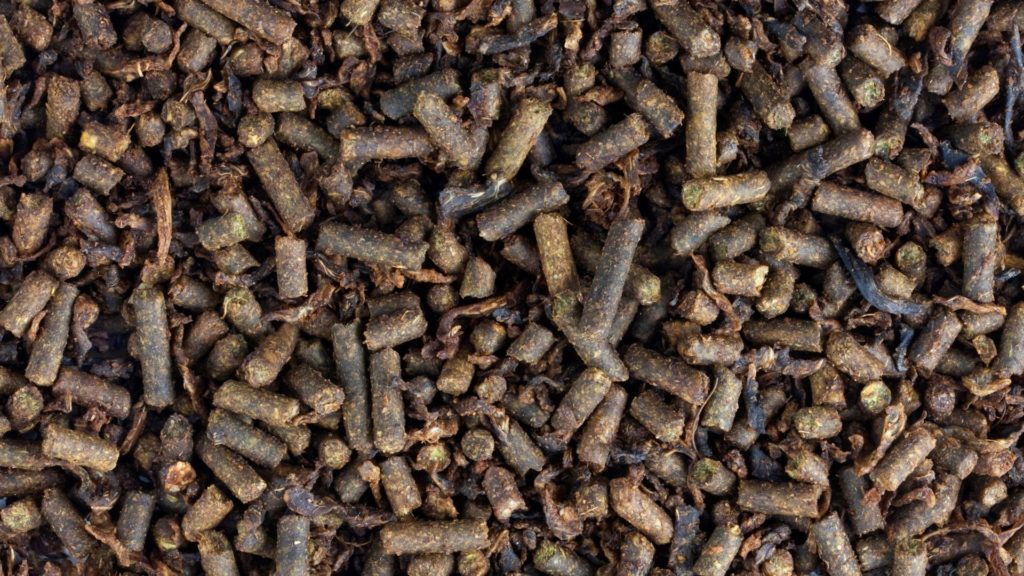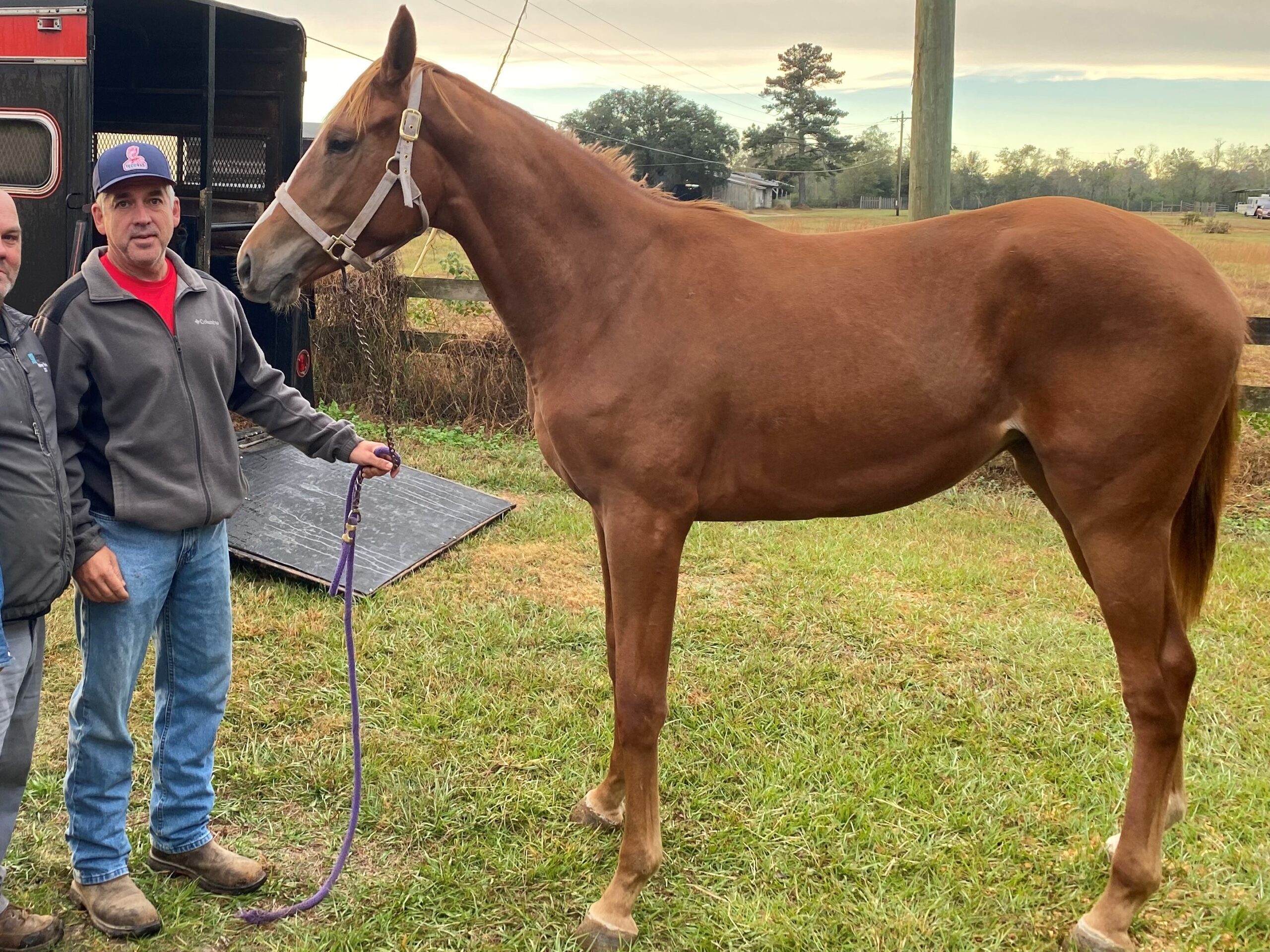Last updated: March 7, 2025
As a racehorse owner and trainer, I’ve learned firsthand that feeding performance horses is about so much more than just calories. It’s about truly understanding their unique digestive systems and tailoring our practices to meet their individual needs.
I’m Miles Henry, and I’ve spent years working with horses, from Quarter Horses to Thoroughbreds. This guide isn’t just a collection of facts; it’s a blend of what I’ve learned in the field and the scientific insights I’ve gained along the way. Think of it as a conversation among friends who all want what’s best for their equine partners.

Understanding Equine Digestion
Horses are hindgut fermenters, meaning they rely on microbial fermentation in their large intestine (hindgut) to break down fiber1. This process produces volatile fatty acids (VFAs), which are a primary energy source for horses1. A healthy digestive system is crucial for nutrient absorption, energy production, and overall well-being. The equine digestive tract consists of:
- The Foregut: This includes the mouth, esophagus, stomach, and small intestine, where initial digestion of starches, proteins, and fats occurs.
- The Hindgut: Comprising the cecum, large colon, small colon, and rectum, this is where fiber fermentation takes place.
Balancing Forage and Concentrates
Forage is the foundation of every horse’s diet, even for high-performance athletes. While concentrates provide additional energy, they should always supplement—not replace—fiber. At least 50% of a horse’s daily intake should come from forage, and high-quality, leafy hay is preferred for better digestibility and nutrient content.
Fiber is a cornerstone of equine nutrition, playing a critical role in digestive health and overall well-being. Fiber fuels hindgut fermentation, which produces volatile fatty acids that provide the majority of a horse’s energy. Additionally, fiber supports stable blood sugar levels, which are essential for sustained performance.
To ensure your horse is getting enough fiber, consider the following:
- Manure Consistency: Monitor manure for consistency. Loose stools may indicate insufficient fiber, while very dry stools may indicate dehydration.
- Daily Forage Intake: Aim for at least 1.5–2% of their body weight in forage daily. Forage should make up at least 50% of the diet, and horses should have access to forage throughout the day.
- Other Signs: Watch for signs of boredom, such as tail chewing and wood chewing, which can indicate a lack of adequate fiber.
Personal Note: For my Thoroughbreds, I use alfalfa hay to support their energy needs during training, while also ensuring a strong fiber base.
Remember to make any dietary changes gradually, over 7–10 days, to allow the hindgut microbiome to adapt. Providing continuous access to forage supports horses’ natural grazing behavior and promotes optimal digestive health. Learn the Best Practices for Feeding Horses Hay.

Meeting Energy Demands Safely
Performance horses need more energy, but increasing starch intake comes with risks. Here’s how to meet those demands safely:
Fat Supplementation: Fat is a concentrated energy source that reduces reliance on high-starch grains, thus lowering the risk of digestive upset in horses.
Grain in Moderation: Grains like oats, barley, and corn provide quick energy but should be processed for better digestibility. Avoid feeding more than 2 grams of starch per kilogram of body weight per meal to prevent excessive starch from reaching the hindgut, which can lead to colic. This limit is supported by nutritional studies.
See the Oklahoma State’s Feeding Management Guide for more information on energy requirements.
Understanding Energy Expenditure
Performance horses use energy not only to maintain their basic functions but also to fuel their work. Research shows that, on average, horses in training require about 15% more energy than their baseline maintenance needs. This applies across various disciplines, meaning the energy demands for racehorses, jumpers, or dressage horses are similar during training.
Practical Insight: For example, a 1,000-pound (450 kg) horse might need around 53.1 megajoules (MJ) of energy daily to maintain its weight, plus an additional 8.12 MJ for exercise. This is why understanding your horse’s workload and energy needs is essential for tailoring their diet. For a deeper dive read, The energy requirements of performance horses in training.
Hydration and Electrolyte Balance
Maintaining proper hydration and electrolyte balance is critical for performance horses. Horses lose considerably more electrolytes through sweating during prolonged exercise than can be readily replaced through feeds. (Electrolytes for the Performance Horse).

- Water Intake: Always provide access to fresh, clean water.
- Electrolyte Supplementation: Athletic horses benefit from additional electrolyte supplementation before and after competition. A good quality hay will contain adequate potassium for the idle or lightly worked horse.
- Salt is essential for all horses, not just performance horses. Providing free access to a salt block or loose salt ensures they can regulate their intake based on individual needs. For performance horses, this complements electrolyte supplementation during intense activity.
The best sources of electrolytes are fortified grains, which provide adequate sodium and chloride. Choose electrolyte products where sodium chloride and potassium chloride are the first two ingredients. Research has shown that electrolytes containing sugar do not increase uptake.
Personal Note: I always ensure my horses have access to a salt block or loose salt n the winter, and I often use a balanced electrolyte mix in their water, especially on race days or after training.
Different Forages and Their Suitability
Forage is the foundation of every horse’s diet, and selecting the right type is crucial. Here’s a breakdown of common forage options:
- Alfalfa: This legume hay is high in protein and calcium, making it ideal for performance horses needing extra energy and muscle support. However, its high energy content may not be suitable for easy keepers.
- Timothy Hay: A grass hay that provides balanced nutrition with moderate protein levels, making it a versatile choice for many horses.
- Orchard Grass: A softer, more palatable grass hay with good energy content, suitable for picky eaters or as a complement to other grass hays.

When selecting hay, prioritize long-stem, leafy, immature forages to promote chewing and optimal digestibility. It’s important to match forage type to your horse’s specific needs, workload, and health status. For more information, consult resources like your local agricultural extension office.
Pasture: Pasture is the most natural feed for horses, allowing them to graze and consume small amounts continuously. Common grasses like Bermuda, fescue, and Kentucky bluegrass provide fiber and water-soluble carbohydrates, although sugar content can vary. Regular pasture maintenance is essential to ensure nutritional quality and availability.
Processed Forages: Hay cubes, pellets, or chopped hay are convenient alternatives for horses with dental issues or when long-stem hay is unavailable. While these options meet nutritional needs, they lack the mechanical benefits of chewing and salivation provided by long-stem forage, which are essential for digestive health. (See Forages for Horses)
Personal Note: At my training barn, I maintain two large grass paddocks where each horse spends time daily. This setup allows them to graze naturally, move freely, and engage in playful behavior, promoting both physical and mental well-being.
Grain Processing for Improved Digestibility
Processing grains, such as rolling, cracking, or extruding, improves digestibility by breaking down hard seed coats, making nutrients more accessible for absorption in the small intestine. Unprocessed grains have hard seed coats that limit starch availability for digestion.
Processed feeds include any feed treated mechanically or thermally. Extruded feeds, a type of processed feed, are made by pushing feed through a die under heat and pressure, enhancing digestibility and encouraging slower consumption. These feeds are especially beneficial for older horses with reduced chewing efficiency, as noted in Feeding Management of the Equine.
My gelding, Corked, struggled with rolled oats until I transitioned him to an extruded feed. The change improved his digestion and stabilized his weight, demonstrating how processing methods can make a significant difference. Understanding the differences between processed and extruded feeds can help horse owners make informed choices to meet their horses’ nutritional needs effectively.

Tailoring Diets to Individual Needs
Every horse is different, and their feeding plan should reflect their age, workload, and metabolism. Working with a veterinarian or equine nutritionist ensures your horse receives a diet tailored to their specific needs.
- Consult Professionals: It’s best to consult with a veterinarian or equine nutritionist to create a customized feeding program.
- Individual Variation: Feeding practices should be tailored to the horse’s age, activity level, and health conditions. For example, a performance horse may require higher energy feeds compared to a retired pasture horse.
My mare Aunt Addie thrives on sweet feed, while my gelding Diamond eats almost anything. Tailoring their diets ensures both perform their best.
Practical Tips for Monitoring Digestive Health
After tailoring a feeding plan, it’s important to monitor your horse’s digestive health regularly to ensure their diet is meeting their needs.
- Observe Behavior: Watch for signs of discomfort, like lethargy, weight loss, reduced appetite, or changes in manure consistency. Manure that is too dry or too loose can indicate a problem.
- Focus on High-Quality Forage: Leafy, immature hay or pasture is more digestible and provides essential nutrients.
- Monitor Body Condition: Regularly assess weight and adjust feed as needed.
- Encourage Chewing with Long-Stem Forage: Long-stem hay or pasture promotes chewing, which increases saliva production to buffer stomach acid and improve digestion.
- Make Gradual Changes: Dietary changes should be made gradually over 7–10 days to allow the hindgut microbiome to adjust. Abrupt changes can disrupt microbial balance and lead to digestive upset.
Feeding large grain meals or low-quality forage can increase the risk of colic and laminitis by disrupting the microbial balance in the hindgut. To learn more about preventing these issues, check out Horse Colic 101 and Laminitis in Horses.
By understanding these principles and tailoring your feeding program to your horse’s individual needs, you can ensure a healthier, happier horse and optimize their performance.

Daily Feeding Schedule for a Performance Horse
This schedule serves as a starting point and may need to be adjusted based on your horse’s individual needs, workload, and metabolism. Always provide constant access to fresh, clean water.
- Early Morning (6:00 AM): Offer 4–5 lbs of long-stem forage, such as leafy alfalfa or timothy hay. Feed hay before grain to slow feed passage and reduce the risk of ulcers.
- Mid-Morning (7:00 AM): Provide 2 lbs of concentrates, ensuring the amount stays within the safe starch limit of 2 grams of starch per kilogram of body weight per meal.
- Midday (12:00 PM): Offer 3–4 lbs of long-stem timothy hay. Ensure water is always available, and provide a salt block for free-choice sodium. Fortified grains may provide more consistent sodium levels for performance horses.
- Afternoon (4:00 PM): Offer another small meal of 3–4 lbs of long-stem forage, such as leafy alfalfa hay.
- Evening (6:00 PM): Provide 4–5 lbs of long-stem forage (alfalfa or timothy hay) followed by 2 lbs of concentrates, adhering to the safe starch limit.
- Post-Exercise: After a 15–30 minute cool-down period, provide 1–2 lbs of soaked beet pulp to aid hydration and recovery. Ensure water is readily available after exercise.
- Electrolytes: Add electrolytes to water or feed on race days or after intense training. Follow the label’s directions, and consider providing electrolytes before exercise for optimal hydration.
- Monitoring: Regularly monitor your horse’s body condition and adjust feed amounts based on their needs. Consistency in feeding times supports digestive health and reduces stress.
FAQs for Feeding Performance Horses
Should I feed hay before or after grain?
Always feed hay before grain. This slows the passage of feed through the digestive system, promotes better digestion, and reduces the risk of gastric ulcers.
How much forage should my horse eat daily?
Horses should consume at least 1.5–2% of their body weight in forage daily. Forage should make up at least 50% of their total diet and be available throughout the day.
How do I know if my horse’s grain ration is too high?
If your horse’s grain intake exceeds 0.5% of their body weight per meal, it may be too high. Excessive grain can lead to undigested starch reaching the hindgut, causing colic or laminitis.
What are the best sources of electrolytes for horses?
The best sources of electrolytes are fortified grains or electrolyte products where sodium chloride and potassium chloride are the primary ingredients. Avoid products high in sugar, as they don’t improve uptake.
How do I transition my horse to a new type of feed?
Make changes gradually over 7–10 days. Start by mixing small amounts of the new feed with the old feed, increasing the new feed ratio each day to allow the hindgut microbiome to adjust.
What is the role of fat in my horse’s diet, and how can I supplement it?
Fat is a concentrated energy source that reduces reliance on high-starch grains, lowering the risk of digestive upset. Common supplements include vegetable oil, rice bran, or commerci
Download my horse feeding worksheet. By using this worksheet and following the key points, you can manage your horse’s diet, monitor their health, and make necessary adjustments to ensure optimal nutrition and performance.
Horse Feeding Worksheet
Conclusion: Feeding Performance Horses
As a fellow horse lover, I understand that equine nutrition can sometimes feel overwhelming, but it doesn’t have to be. By focusing on your horse’s unique digestive needs—prioritizing high-quality forage, managing energy sources like fiber and starch carefully, and ensuring consistent hydration—you can lay the foundation for their health and performance. Small, thoughtful adjustments and gradual changes to their diet make a significant difference.
Equine nutrition is a journey of continuous learning, and it’s one I’ve been on for years. From my mare Aunt Addie, who thrives on sweet feed, to my gelding Diamond, who eats almost anything, each horse has taught me something new. Their well-being is always my top priority, and I hope this guide helps you feel confident in making the best decisions for your horse.
Now, I’d love to hear from you! What feeding practices have worked best for your horses? Have you encountered unique challenges or discovered helpful tips? Share your experiences in the comments below, and let’s grow together as a community of caring horse owners. If there’s a topic you’d like me to cover about horse nutrition, let me know!

About the Author: Miles Henry
Lifelong Horseman | Racehorse Owner | Published Author
Miles Henry brings over 25 years of hands-on experience training and owning Thoroughbred racehorses. Raised with Quarter Horses and Appaloosas, he’s spent a lifetime learning from horses—on the track, in the barn, and in the field. Today, he runs a small but successful racing stable in Louisiana and shares real-world insights on HorseRacingSense.com, helping horse owners, fans, and bettors navigate the sport with confidence.
📚 Books: View Miles’s books on Amazon »
🎧 Podcast Guest: Animal Tales Ep. 32 |
YouTube Interview
📩 Newsletter: Sign up for racing tips and horse care advice »
🔗 Follow Miles:
Twitter |
Facebook |
YouTube

